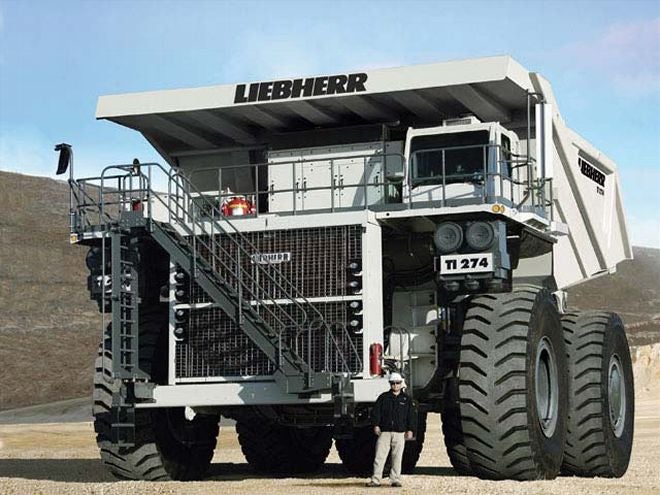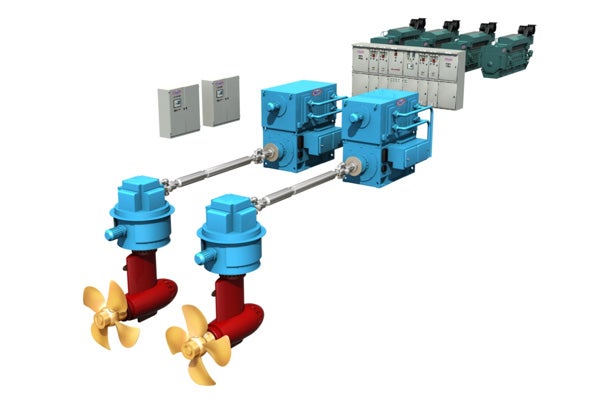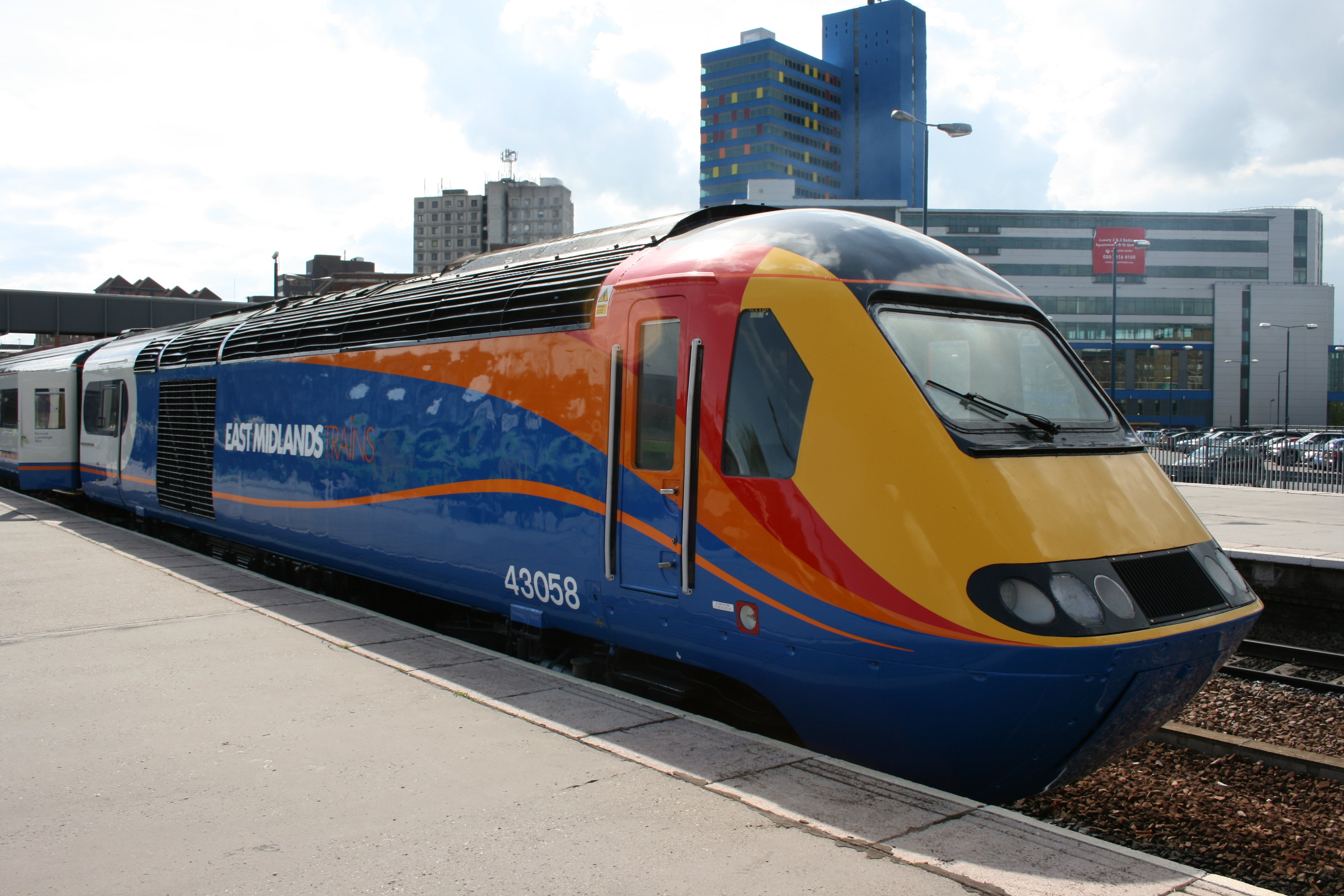 "Cé hé sin" (michael-m-mouse)
"Cé hé sin" (michael-m-mouse)
12/29/2016 at 18:22 • Filed to: Diesel electric, Trainlopnik
 2
2
 4
4
 "Cé hé sin" (michael-m-mouse)
"Cé hé sin" (michael-m-mouse)
12/29/2016 at 18:22 • Filed to: Diesel electric, Trainlopnik |  2 2
|  4 4 |
By using electrons and excitement.
Huh?
Electric drive, as often used to move great big heavy things. The principle is simple enough. Engine drives alternator, alternator pumps out electrons, electrons make motor go round and round, motor makes wheels go round and round. Make your engine go faster, it produces more electrons and the motor goes faster.
Except that it’s not that simple. As described, we’ve come up with a very expensive alternative to a driveshaft. What we want is some means of providing a low gear so that we can obtain enough torque to get our great big heavy thing moving and then higher gears so that we can move faster.
We’ll need to excite our alternator then. Unexcited, the alternator won’t alternate at all and so we’re in neutral. Add a bit of excitement - which is the electrical engineer’s fancy way of saying that you apply electrons to the electromagnet part of the alternator so as to energise it- and the alternator starts to alternate. Make it more excited and its output increases. This increased output doesn’t, sadly, come free and so we’ll need more output from the engine too. More fuel then and more revs. We now need to to control two things, simultaneously, engine and alternator. More fuel equals more revs but at the same time a load regulator increases (or increased: it’s now done by an electronic control unit) the excitation of the alternator so it increases its output and soaks up the extra power being supplied by the engine. The motor can now start turning and being a motor can produce torque from a standstill. Produce enough power from the engine and you can get your great heavy thing moving without any need for a conventional transmission. Like a thermal engine using a series of gears the motor starts off with high torque and as it builds up speed uses less current (and so less torque) and more volts. It works out as a CVT then, with the engine keeping a fairly steady speed for a given power setting and the motor steadily building up speed.
So there we have it. A CVT without any actual transmission which we can use to move something really heavy. Not an efficient one it must be said because of all the conversion (engine - electricity - motor) involved.
Where do we find electric drive? Huge dump trucks (they divide into electric and hydraulic drive and each has its supporters who regard the other as being the work of the devil),

cruise ships whose owners find it handy to be able to mix and match engines between moving the ship and providing electrical power

and trains. Which brings us nicely to this:

It’s a Class 43 diesel electric locomotive, used to pull high speed (125 mph) trains in the UK. They were built from 1975 to 1982 and were built almost entirely of British made parts so they were of course horribly unreliable and have been scrapped long since. Except they weren’t either of those things. 194 of the original 197 are still in service and in some cases are being worked harder than at any time in the forty odd years of their lives, averaging about 1,000 miles a day and about 300,000 a year. They had new engines in the mid to late 2000s (the control systems of which had to be made to slow down so they could work with older equipment) but the original alternators were deemed sufficient, being seemingly in their prime after thirty-odd years of alternating.
The Class 43 holds the official speed record (there are unofficial ones too) for diesel electrics at 148 mph/238 kmh.
 pip bip - choose Corrour
> Cé hé sin
pip bip - choose Corrour
> Cé hé sin
12/29/2016 at 20:50 |
|
clearly the trains don’t have electrics by Lucas then.
 gogmorgo - rowing gears in a Grand Cherokee
> Cé hé sin
gogmorgo - rowing gears in a Grand Cherokee
> Cé hé sin
12/29/2016 at 22:27 |
|
I’ve always been curious how fast the massive CN and CP diesel-electric freight trains pounding the rails out here can go. I know from talking to engineers (and safety videos from elementary school) that they don’t go faster than about 65mph cause the trains they pull will already need a couple miles to stop from that speed, but you just know they *could* go faster than that.
 Cé hé sin
> gogmorgo - rowing gears in a Grand Cherokee
Cé hé sin
> gogmorgo - rowing gears in a Grand Cherokee
12/30/2016 at 05:37 |
|
Not too familiar with them I’m afraid but they’re certainly geared for torque, not speed. As an example, the GE diesel electric locos they use for freight in North America have a tractive effort of about 800 kN. The Class 43 passenger loco above has about 80 despite having about half the power but it’ll do about 145 mph where allowed. Class 43s aren’t really suitable for commuter routes because they don’t have enough acceleration - think of trying to drive your car everywhere in fifth gear.
I’ve found a brochure online - at least one model of GE loco is geared for 75 mph/120 kmh although they probably vary according to model.
 Cé hé sin
> pip bip - choose Corrour
Cé hé sin
> pip bip - choose Corrour
12/30/2016 at 05:41 |
|
By Brush Traction, who are still in business after being bought and sold repeatedly. They also handled the re engining in the late 2000s.